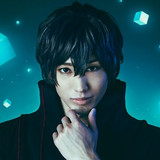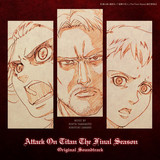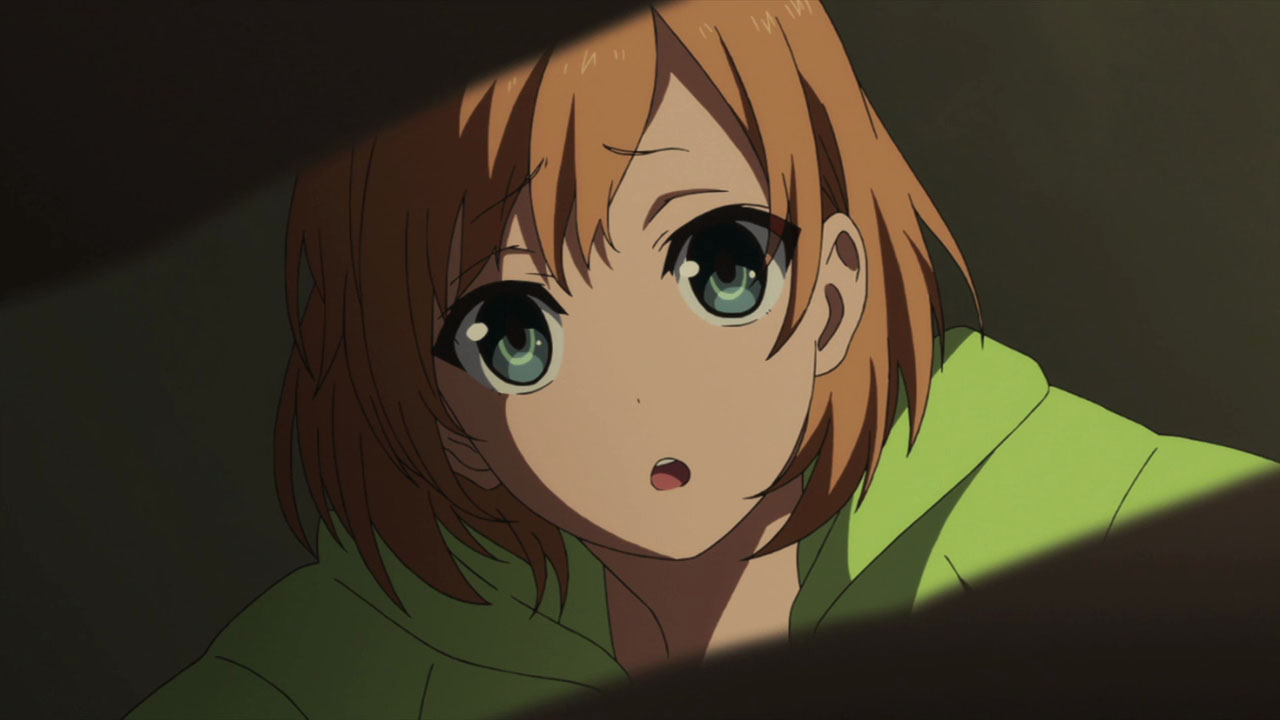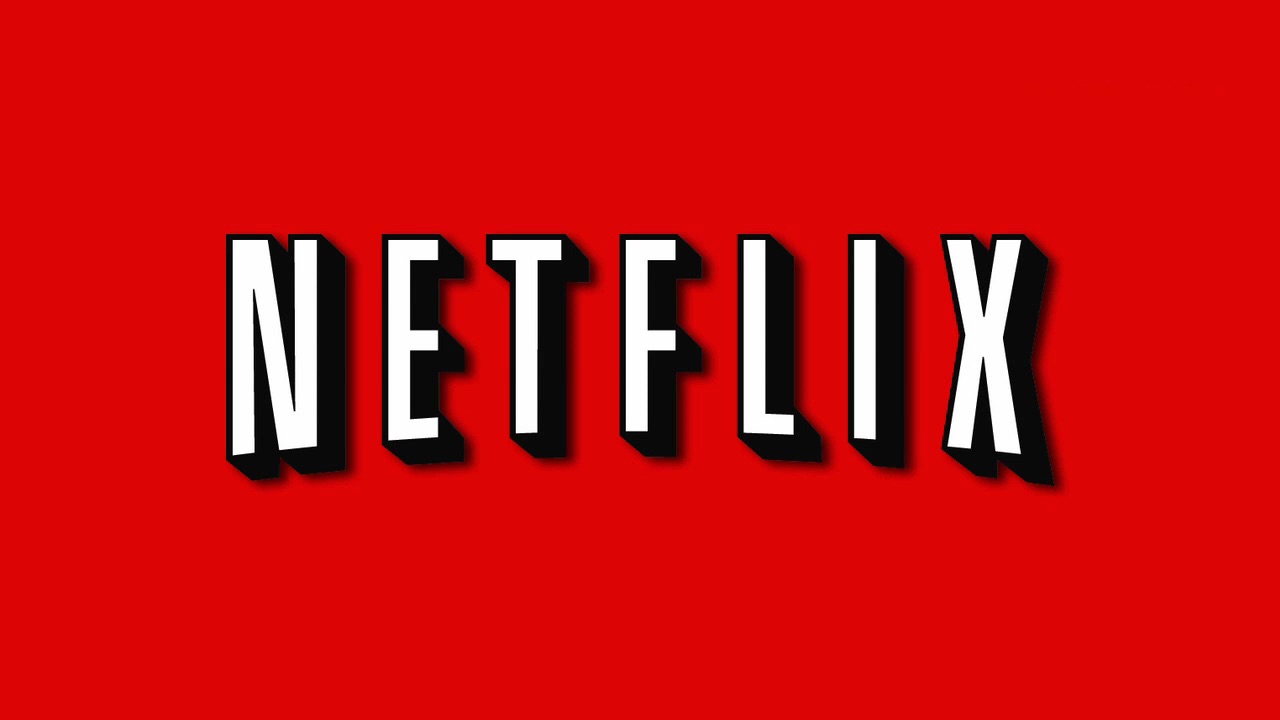#OPINION: Why PreCure's Good, Colorful Optimism is So Welcome
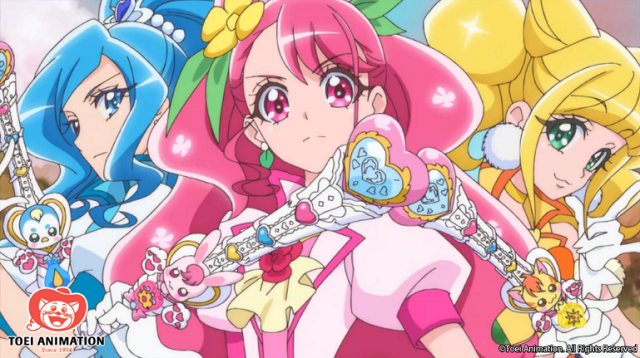
“#OPINION: Why PreCure's Good, Colorful Optimism is So Welcome”

Magical girls are something of a time-honored genre among anime. The traditional formula of young girls acquiring fantastical superpowers in order to save the world has given rise to some renowned classics like Sailor Moon, Revolutionary Girl Utena, and Puella Magi Madoka Magica. But we're here today to talk about one shining gem of the genre: Pretty Cure. Already popular in Japan, two shows from the long-running franchise have made their official (Crunchyroll) debut in unadulterated fashion. If you've never heard of Pretty Cure, now is the perfect time to see how this cheery and uplifting series can stack up to the big leagues in the magical girl world.
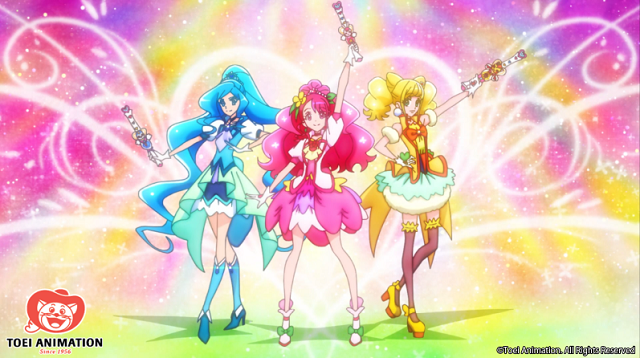

For the uninitiated, Pretty Cure (typically shortened to PreCure) is a long-running series of magical girls that isn’t too unlike your standard Super Sentai or Kamen Rider affair. The series focuses on a group of girls who transform into superheroes to save the world, but there’s a new entry to the series every year with new characters, different themes, and varying stories.
It's worthy to note that this isn't PreCure's first arrival in western territories. The original show received an English dub in 2009 that only aired in Canada. Two other shows in the franchise were also released in western territories on Netflix, although the dubs, marketed as Glitter Force and Glitter Force Doki Doki were far less faithful in their adaptations with name changes and wildly different dubs.
Along with the first series, Futari wa Pretty Cure, Crunchyroll is currently streaming two shows from the franchise. The latest installment is Healin' Good Pretty Cure, which follows three young girls who team up with fairy doctors-in-training to save Earth from a mysterious evil who seeks to cover it in disease. Kira Kira Pretty Cure a la Mode first premiered in 2017 and followed five girls who use the magic of sweets and baking to fight dastardly villains. The former has new episodes every week, and you can stream Kira Kira in its entirety right now!
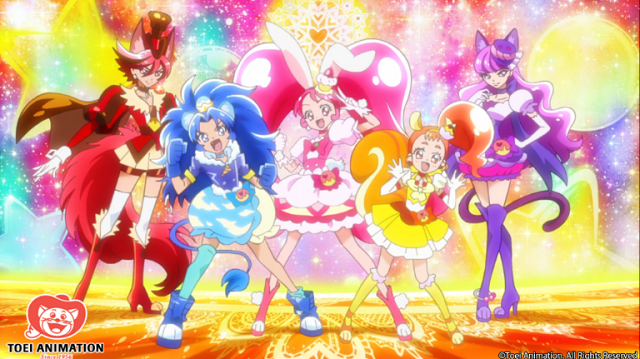
From the get-go, Healin’ Good and Kira Kira contain all the hallmarks of a more standard magical girl show: bright and colorful transformations, adorable fairy companions, and thinly-veiled toy commercials are all at the forefront of each episode. It’s everything and more that you can expect for an anime with young girls as its target demographic. For all intents and purposes, PreCure is harmless, glamorous Saturday morning cartoon fun, with optimistic and impactful storytelling that playfully balances raw emotion with the magical girl genre's more typical tropes.
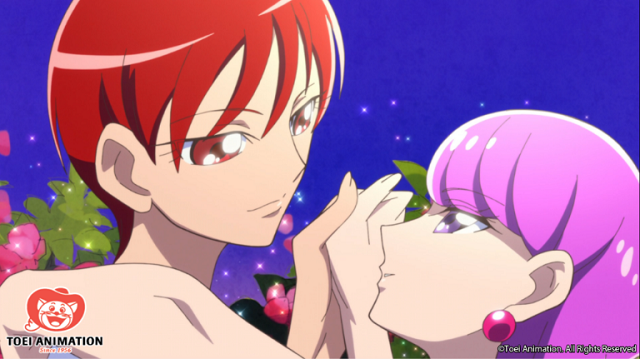
Between Healin’ Good and Kira Kira, PreCure as a franchise presents a strong case for how magical girls need not sacrifice its optimism for good storytelling. Kira Kira does this in the form of excellent character stories. The story of using sweets to save the world is quirky and cute enough on its own, but the slice-of-life format allows each character their own spotlight and character growth. Complex relations, pursuing your dreams in the face of adversity, and overcoming your anxieties help Kira Kira truly stand out as a relatable genre contemporary.
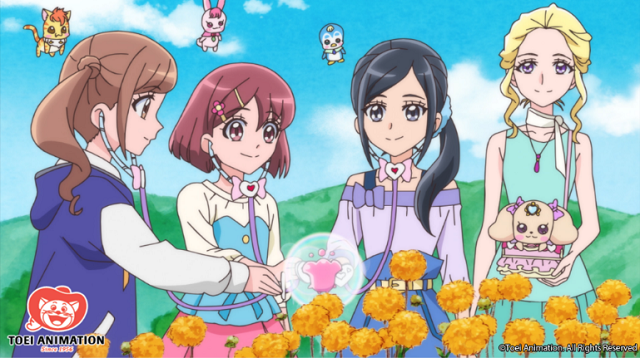
On the other hand, Healin’ Good does well to interweave monster-of-the-week stories and sparkly transformations into each character’s development. Nodoka Hanadera (Cure Grace), the leader of the team, spends much of the series having many first experiences after being hospitalized during her early childhood and is driven by her new lease on life to help others. Chiyu Sawaizumi (Cure Fontaine) has a strong sense of responsibility when it comes to saving the world, but also learns to apply that to her normal ambitions. Hinata Hiramitsu (Cure Sparkle) is flighty and ditzy and often quits things when they become difficult, but learns how to see things through and rely on her friends through those hardships.
Even their fairy partners have their own little character arcs. Whereas magical girl mascots are typically reserved for comic relief or toy fodder, these fairies are thoughtful characters in their own right. Rabirin eventually must learn how to accept herself and trust in other people rather than shoulder the burden on her own. Pegitan has a simple but heartwarming arc on self-confidence. Nyatoran allows himself to compartmentalize his infatuation with another person with his bond of friendship with Hinata without one trampling over the other. Even Rate, the tiny dog princess who often needs to be protected, actively wants to, and eventually becomes, part of the fight alongside Cure Earth.
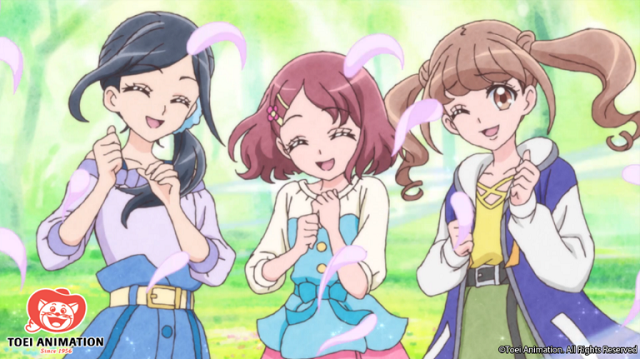
When it comes to magical girl shows, it's been easy for PreCure to fly a little under the radar when compared to other shows. Despite its popularity in Japan and a dedicated underground fanbase, the lack of overt availability of PreCure made it become a little overshadowed by the darker, grittier subgenre. For instance, the aforementioned Madoka Magica became wildly popular and influential for its deconstructionist approach. Though Madoka was far from the first magical girl anime to incorporate darker plotlines, it played a major role in popularizing the concept. Shows like YUKI YUNA IS A HERO and Magical Girl Raising Project began to crop up to ride the coattails of Madoka's success and presented dire, even violent interpretations of these stories.
Given all the attention granted unto subversive tropes in magical girls, deconstructionist storytelling began to feel more like the norm. But while there’s no harm in preferring one type of magical girl to another, or two subgenres coexisting within the same space, people don’t give nearly enough credit to the narrative value and substantial depth that the magical girl standard still offers.
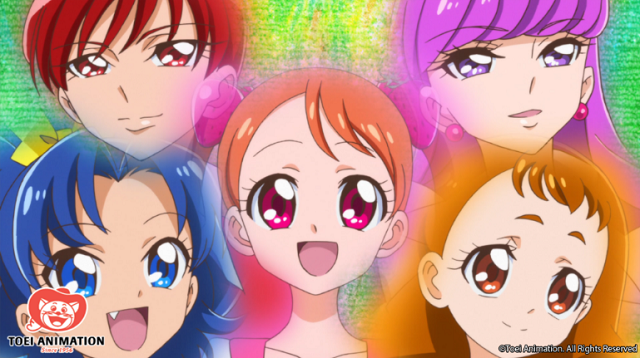
And that's why the boundlessly hopeful Pretty Cure feels so good: Healin' Good and Kira Kira are strong examples of how the same old formula can still be used to tell great stories. While PreCure doesn't outwardly aim to appeal to anyone outside its target demographic, it doesn’t really need to — fun to be had and emotions to be felt for people of any age who just want to watch a story about magical girls saving the world without too many strings attached. Both Kira Kira and Healin’ Good, PreCure offer the same emotional and narrative value as any other show while still embracing the bright colors and cheerful nature we’ve come to expect from glittering, brightly-colored superheroes.
Will you be checking out Pretty Cure on Crunchyroll? Are you a longtime fan or are these your first? Comment below and let us know!
Carlos (aka Callie) is a freelance features writer for Crunchyroll. Their favorite genres range from magical girls to over-the-top robot action, yet their favorite characters are always the obscure ones. Check out some of their pop culture editorials on Popdust as well as their satirical work on The Hard Times.
Do you love writing? Do you love anime? If you have an idea for a features story, pitch it to Crunchyroll Features!
For forums sites go to Forum.BuradaBiliyorum.Com
If you want to read more anime-manga articles, you can visit our anime-manga category.

